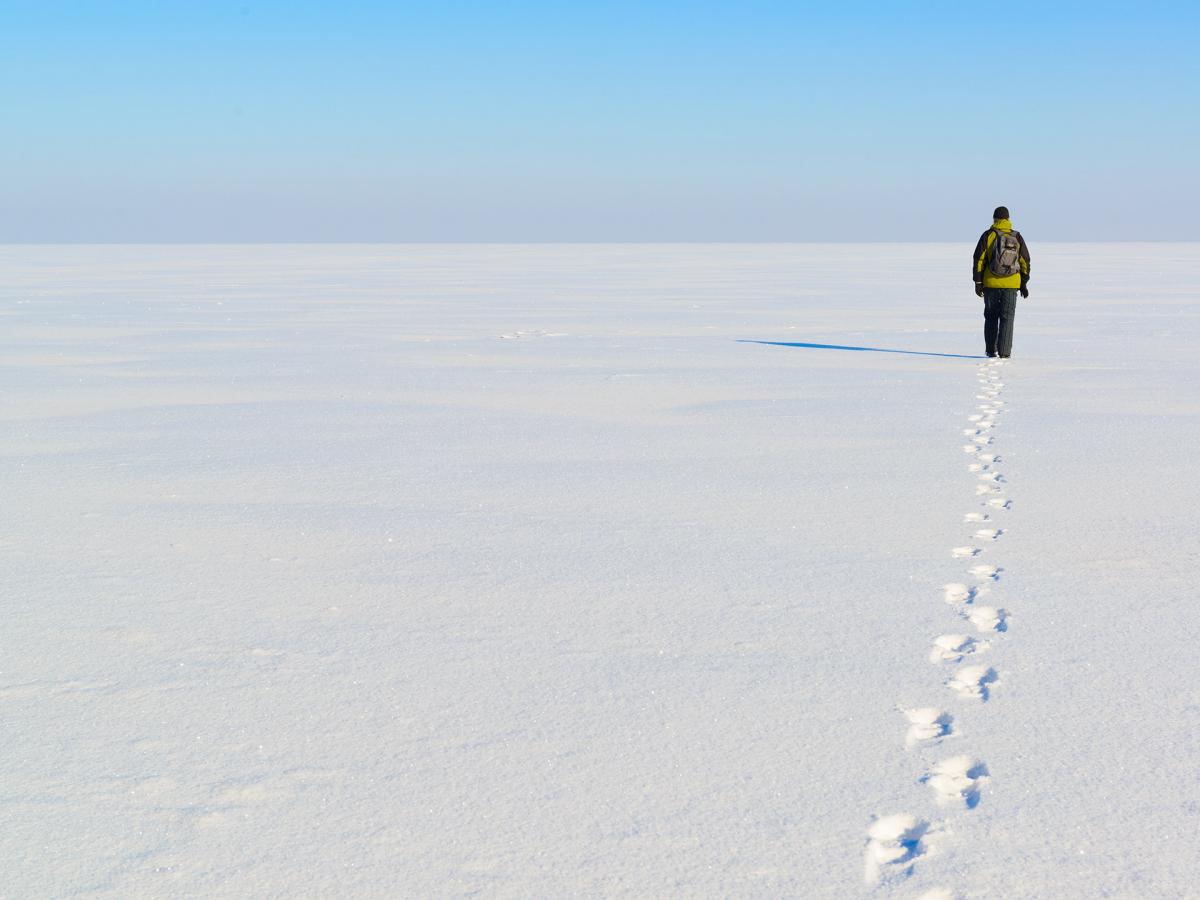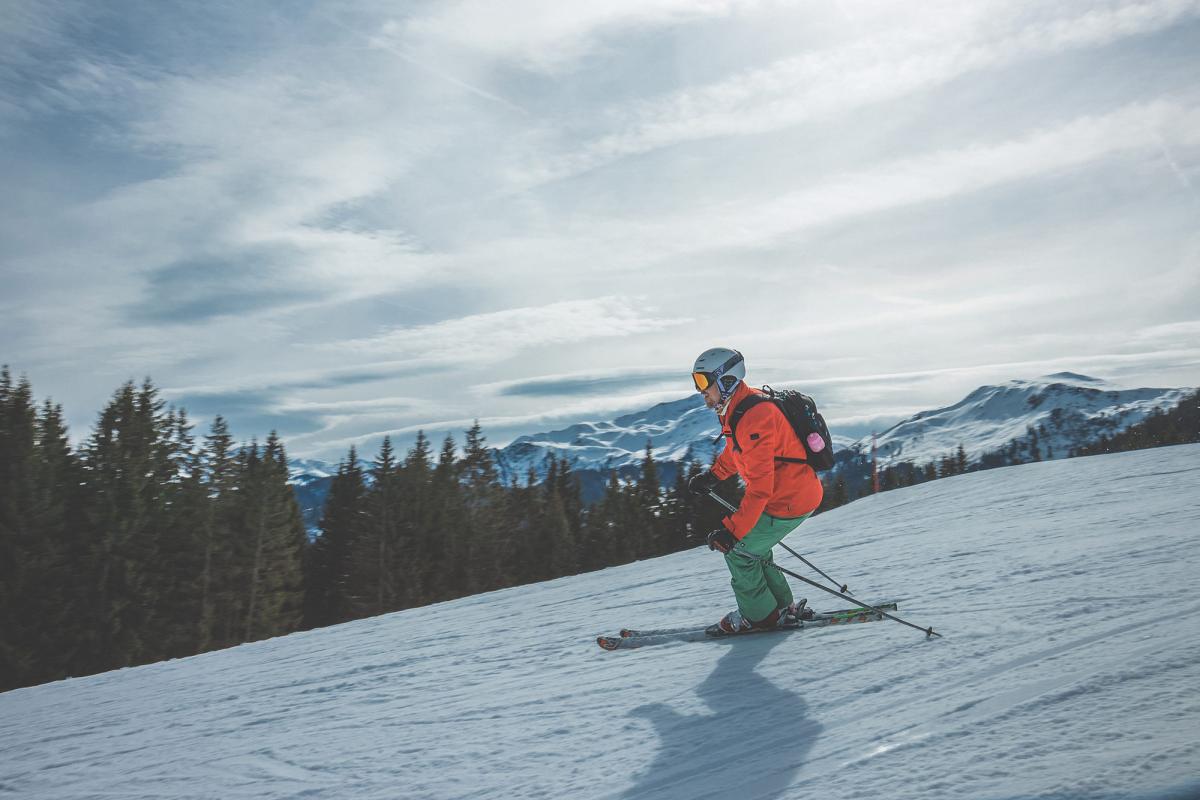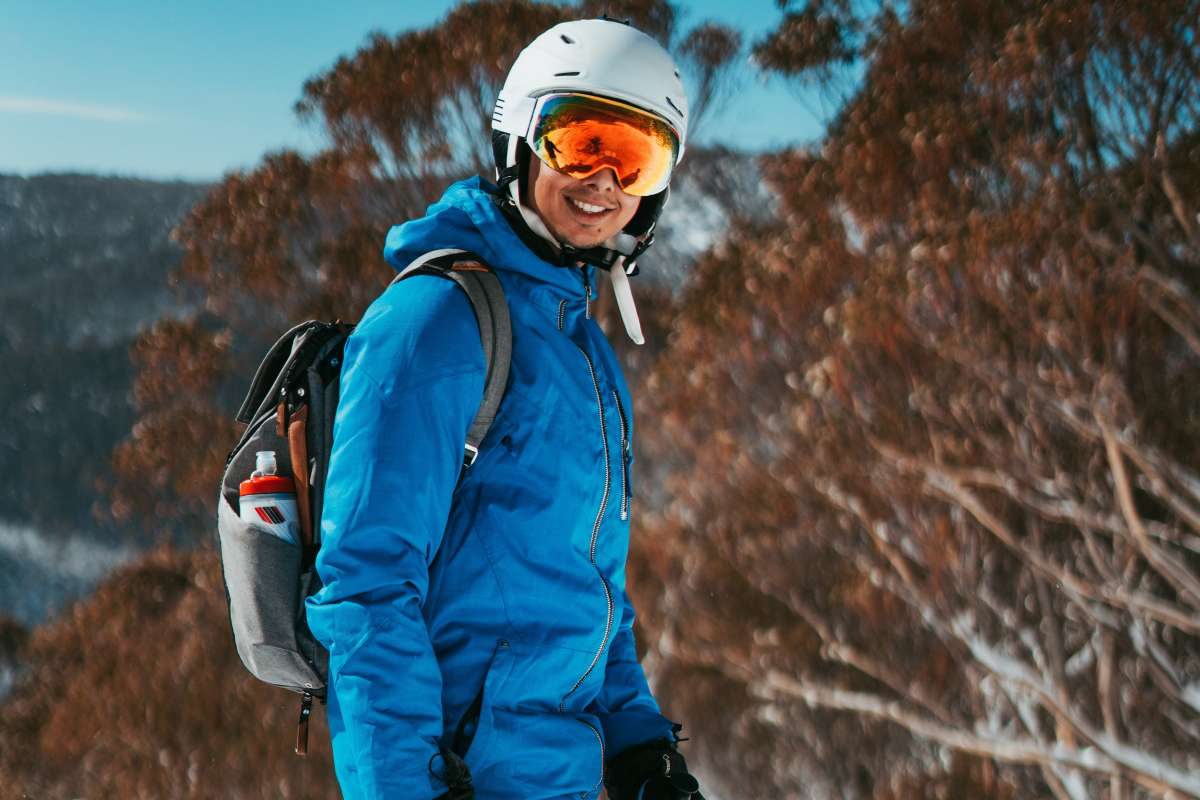NEW (CTT) European Common Training Test for Snowsport Instructors
Recently this year (March 2019), the European Commission (EC) applied a new policy to promote the mutual recognition of ski instructor qualifications across Europe. The Common Training Test (CTT) will be imposed by all major European Snowsport Associations.
But what does it really mean for instructors? What will change? Are the current licences still valid?
Goals of the CTT
The CTT facilitates the mobility of top certified professionals across Europe. Although ski instructors should be recognized from mutual recognition of qualifications under Directive 2005/36/EC, in reality it is quite disaster. Especially alpine nations like Austria, Italy and France, will do everything just not to allow you step the market. CTT should give you a higher chance to be recognized within the states, without the hesitation.
Pilot Project MOU
In 2012 came Memorandum of Understanding (MOU), let´s say a good try of alpine nations to close up the markets by demanding giant slalom exam. MOU was signed by just several EU member states. In reality, it did not really help anything. CTT replaces the Memorandum, using it as a building block.

Structure of the European Common Training Test (CTT) for Ski Instructors
The CTT in based on the Memorandum (MOU) and uses the Euro-Test and Euro-security as a reference for the content of the test. The CTT has 2 main sections, the Technical Test and the Safety Test and are to be taken in this order.
Part 1: Technical Test
The Technical test is practically quite tough giant slalom. Member states or the competent association within the nation will run the test in accordance with FIS regulations. Every Instructor can repeat the Technical Test if previous attempts are not successful.
The test consist of regular giant slalom, which are 2 runs down the set course. If you pass the first run, you are not obliged to pass the 2nd run. Technical criteria of the course have been set by the EC with regard to vertical drop, the number of gates and length of course.
Here are the parameters:
- The vertical drop between 250 – 300 meters.
- The number of gates between 11-15% of the vertical drop (in meters).
- Outside gates required for first, last and delay gates only.
- Profile – 1 third steep (45-52%), 1 third average slope (26-43%) and 1 third gentle (25-26%) slope
A minimum for three forerunners must set the reference time. Candidates are required to complete the test in accordance to each gender:
- Males – a time equal to or less than the Technical Test base time plus 19%.
- Females – a time equal to or less than the Technical Test base time plus 25%.

Part 2: Safety Test
Participants can only take part in Safety Test after successful completion of the Technical Test and can again repeat the test if unsuccessful. The Safety Test consists of 2 main parts, a Theoretical Exam and a Practical Exam.
Very critical part during the Theoretical Exam is, that participants must execute an emergency phone call in the language of the host country providing the exam. You must be clear about details of an incident.
The Practical Exam in mainly orientated on off-slope (off-piste) skiing and consists of three Leadership Modules and one Search and Rescue Module. It must be taken in one of the official languages of the member state in which the test is taking place.
Leadership Modules require to prove the competency in:
- Interpreting weather and avalanche forecast.
- Proposing and executing an off-slope (off-piste) descent with a group whilst assessing risks.
- Different questions from the:
- Interpretation and understanding of meteorology.
- Understanding of dangers in high mountainous regions.
- Assessment and understanding of snow cover.
- The Search and Rescue Module involves the rescue of AVDs (Avalanche Victim Detectors).
- 2 AVDs must be detected.
- At least 1 AVD must be successfully recovered.
- Search zone is limited to a maximum area of 50 x 50 metres.
- You are given max 8 minutes time to retrieve the AVD.

What is the conclusion of CTT for Ski Instructors in Europe?
The CTT aims to improve, let’s say increase, the opportunities of Ski Instructors to legally provide the services throughout the Europe. It should provide the high level professionals ensuring the competency and knowledge of required skills. Every nation can provide the CTT test which gives us the feeling that all will be fair and equal.
The question “What happens with my current education / certification / licence?” is right on place. While this can be very individual by each nation or National Snowsport Association, we recommend to contact your national snowsport education body. There you can get the guaranteed answer.
Nevertheless, the CTT – European Common Training Test, or let´s say “European Instructor” qualification, regulates only the top level instructors being able to pass the tough giant slalom exam and being engaged in off-piste skiing. Once you are not the top skilled professional…? Here the European Commission has “by accident” forgot about you. In other words, you do not speak French to call during the accident, or you cannot compete with FIS racers in slalom? According to the European Law, you can never be a recognized European Ski professional. For example for kids park or freestyle lessons. Here you must come many years back and stick to Directive 2005/36/EC. And hope, somebody will listen to you.



